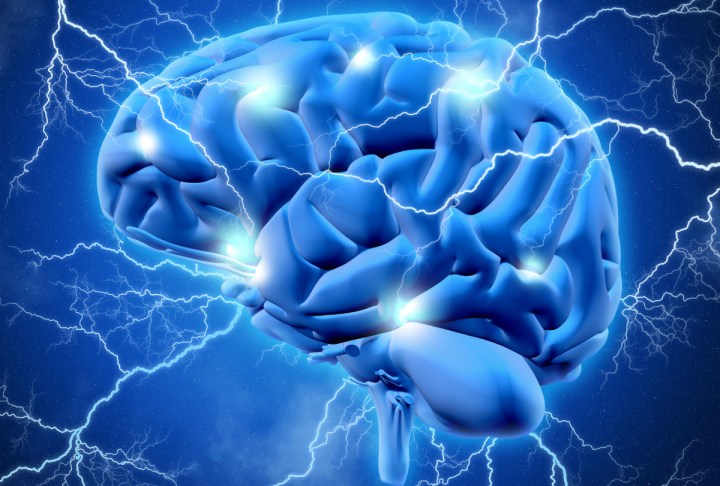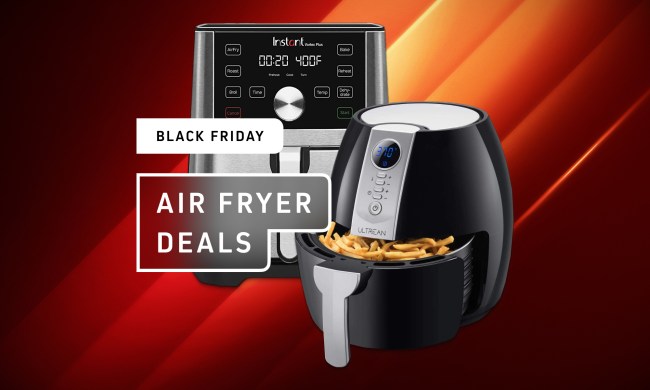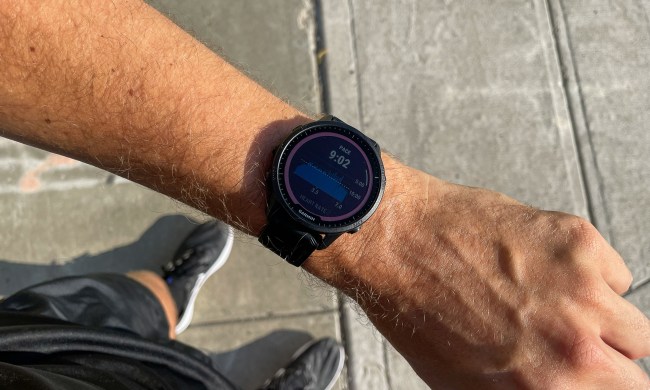
“We offer DBS surgery to Parkinson’s patients who continue to have difficulty with motor symptoms despite the best available medications,” Dr. Andres Lozano, a pioneering neurosurgeon at the University of Toronto and former TED speaker, told Digital Trends. “Operations take about four hours to do and involve inserting electrodes in the brain and a pacemaker in the chest to deliver electrical stimulation to very small areas of the brain.”
Stimulating the neurons in affected parts of the brain has shown impressive results in treating Parkinson’s Disease. “DBS for [Parkinson’s Disease] is approved [and] well established with over 150,000 patients with Parkinson’s worldwide having received DBS so far,” Dr. Lozano continued.
As Benjamin Stecher, a Parkinson’s sufferer who regularly writes about the disease, observes about the treatment in an article for Futurism: “It’s incredible to see the technique in practice … At the flick of a switch, patients go from shaking uncontrollably and barely able to move, to suddenly being still, relaxed, and in almost full control of their body.”
Dr. Lozano told us that his work has now expanded to look at how Deep Brain Stimulation can help people suffering from other neurological disorders.
“My main areas of work now are DBS for depression and Alzheimer’s,” he said. “[It’s the] same technology but the electrodes are placed in totally different brain targets. In [Parkinson’s Disease] we stimulate motor circuits in the brain, in [Alzheimer’s] a memory circuit, [and] in depression a mood circuit.”
These latter two treatments are currently being evaluated in clinical trials.
While treatment isn’t the same thing as a cure, it’s pretty astonishing to think that one day managing previously debilitating diseases like Parkinson’s and Alzheimer’s really could be not only possible, but standard operating procedure. And all thanks to pioneers like Dr. Andres Lozano.


